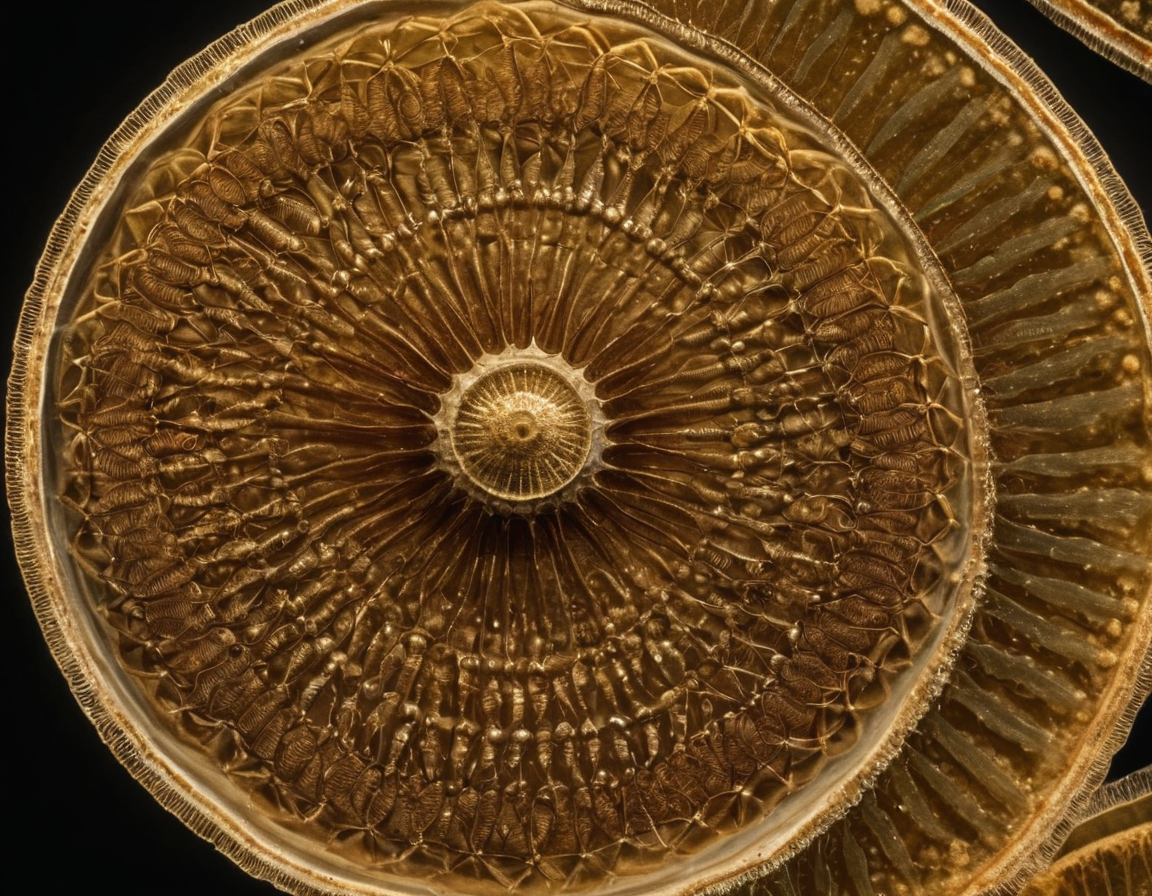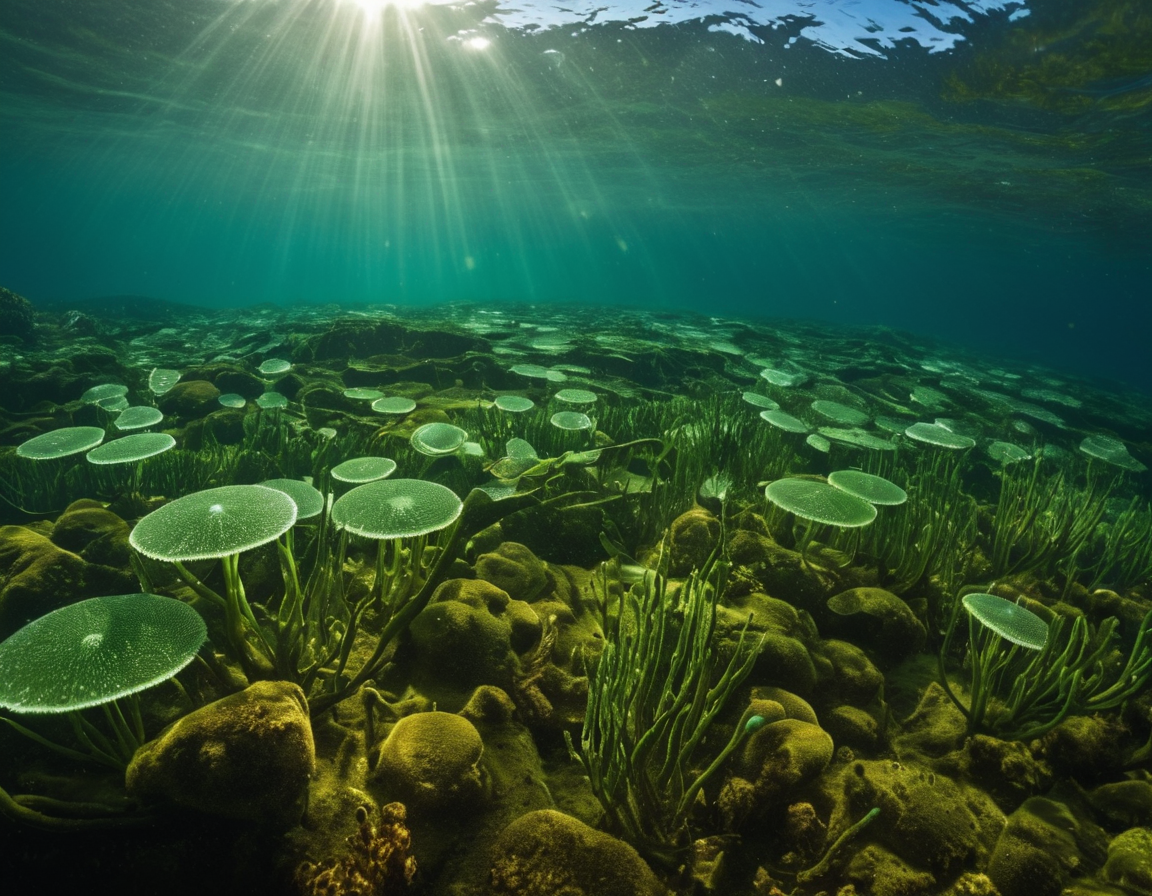The Mysterious Life of Loxodiscus: Unveiling the Silent Danger in Our Oceans
Uncovering the Enigma of Loxodiscus: Oceanic Predators in Disguise
When one thinks about the predators of the deep blue sea, the mighty sharks or the elusive giant squids often come to mind. But there is another, much smaller but just as fascinating, hunter in the waters: Loxodiscus. This diatoms genus, while microscopic, plays a significant role in the aquatic food chain and thus, the overall health of our oceans. In this deep dive, we lay bare the life of Loxodiscus, its ecological significance, and the silent danger it represents when algal blooms occur.

Background: The Microscopic Majesty of Diatoms
Diatoms are single-celled algae that are encased within a unique cell wall made of silica, termed as a frustule. These ‘glass houses’ not only protect the organism but also provide intricate designs that fascinate scientists and nature lovers alike. Loxodiscus, as a member of diatoms, brings a distinct contribution to its habitat but remains one of the lesser-known characters in the aquatic narrative.
Current Relevance: A Blooming Concern
In recent times, the occurrence of algal blooms has risen, some involving diatoms like Loxodiscus. These blooms can lead to eutrophication – a phenomenon that depletes the oxygen in water, endangering marine life. As a result, understanding Loxodiscus has become essential in environmental monitoring and oceanic health assessment.

Expert Opinions: Delving into Diatom Research
Marine biologists and ecologists are uncovering more about diatoms and their impact on oceanic ecosystems. Their research has highlighted the importance of these microalgae, including Loxodiscus, in maintaining a balanced marine environment. Although small, these organisms are mighty in their ability to influence water quality and nutrient cycling.
Real-World Impact: The Ripple Effect of Tiny Titans
Loxodiscus and its diatom cousins are primary producers in the oceanic food web. They convert sunlight into energy through photosynthesis, supporting the entire marine food chain from zooplankton to whales. Moreover, these tiny titans are significant in the carbon cycle, potentially influencing climate change patterns.
Future Outlook: Safeguarding Our Silent Sentinels
As we continue to battle global climate change and environmental degradation, diatoms like Loxodiscus remind us of the interconnectedness of all life. Future research and conservation efforts will be vital to ensure these microscopic marvels can continue their role as the silent sentinels of the sea. Studying their patterns could lead to breakthroughs in climate science and conservation strategies.

Join us in celebrating the mystery and marvel of Loxodiscus, our tiny but crucial ally in preserving ocean health.
Did this peek into the microcosmic ocean world intrigue you? Share this post and help raise awareness about the significance of these microscopic wonders! And stay tuned for more insights into the fascinating creatures of our planet.






